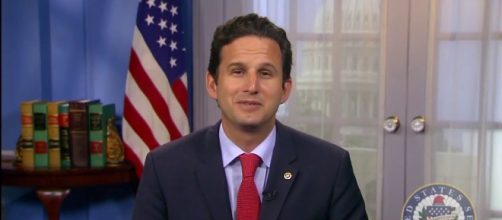Senator Brian Schatz (D-HI) introduced a piece of legislation that aims to make college free. It would incentivize state spending on higher education and make college debt-free for students. The Debt-Free College Act is similar to College for All Act, which was introduced by Senator Bernie Sanders, last year.
The Schatz was introduced by Sen. Schatz and Rep. Mark Pocan (D-WI). It is being co-sponsored by 32 senators and representatives from across the country. While Sanders’ bill would make tuition free at public two and four-year colleges, Sen.
Schatz’ legislation focuses on the total cost of attending college including Room And Board, books and other related expenses. Schatz also pointed out that the national average cost of tuition is $8,900 a year but the actual cost of attending is nearly $20,000 a year. While free tuition is great, he says that it would only cover 45 percent of the costs of attending a university.
Some current programs don't solve the full problem
Schatz released a statement saying that his bill leverages federal money to reinvest in education and help those who struggle to pay for college. There are some states who already offer the type of assistance that Schatz is looking for on a national level. New York provides the New York State’s Excelsior Program, which is mainly for state residents going to state schools (SUNY or CUNY).
This program is very limited as it does not offer resources for out-of-state students or private schools.
In California, the state offers its CalGrants Program. However, this program only offers grants and does not guarantee free tuition. Schatz said that while College Tuition is somewhat affordable, costs related to housing, food, and books make the entire college costs get higher.
If the bill is approved, it would provide federal government funding for states to put into their state universities. The federal government would match dollar-for-dollar with the state. Vox recently reported that states have been spending less on higher education, which is hurting the students enrolling at the schools.
Total student loan debt is the second highest debt, just below US mortgage debt.
Have any education historians out there examined college affordability? Seems like financial issues have long been a problem for students navigating college. Prices are high today, but maybe they've always been perceived as high?
— Kevin R. McClure (@kevinrmcclure) March 26, 2018
Schatz believes that while states may initially refuse to take government funds on a one-to-one match program, over time they will soften to the idea. He pointed out that states initially refused when it came to accepting Medicaid-expansion funds, but now some states have got on board and accepted it.


